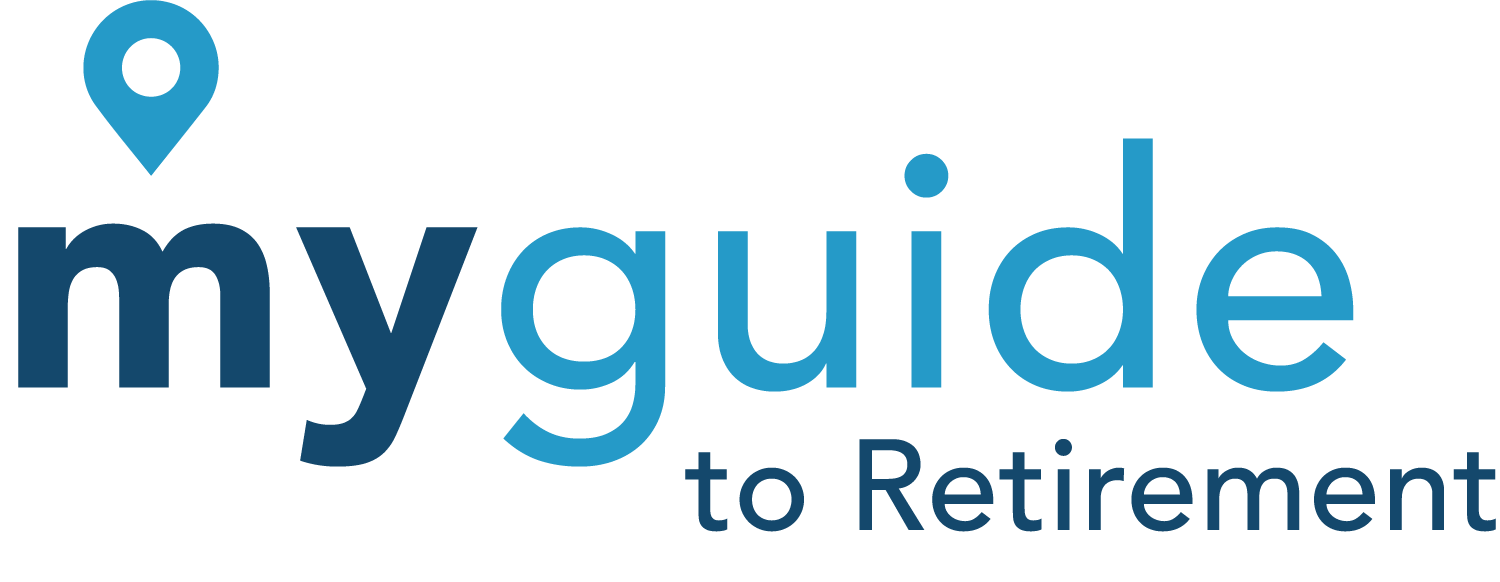

What is Issue-Age Pricing for Medigap?
Learn how issue-age pricing for Medigap works, how it compares to other models, and how enrolling early can help you lock in lower lifetime premiums.
Key Takeaways
- Your Medigap premium is based on your age when you enroll, not your current age.
- Younger enrollees can secure lower, long-term premiums.
- Premiums stay more predictable over time compared to attained-age pricing.
- The main tradeoff is a slightly higher initial cost than other pricing models.
Issue-age pricing is one of the three main ways Medigap (Medicare Supplement) insurance companies determine premiums. Under this model, your monthly cost is based on the age you are when you first buy your policy—not your current age. That means the earlier you enroll, the lower your base rate will be, and that rate is typically locked in for life.
In short, issue-age pricing rewards early planning and can lead to long-term savings, though it may cost more upfront. Understanding how it compares to attained-age and community-rated plans helps retirees make confident, informed choices when selecting Medigap coverage.
What Is Issue-Age Pricing for Medigap, and How Does It Work?
When shopping for Medigap insurance, it’s easy to focus only on the lettered plan options — Plan G, Plan N, and so on. But how your premium is calculated can matter just as much as which plan you choose. Medigap insurers use different pricing methods that determine not only what you’ll pay today but also how your costs change as you age.
Issue-age pricing is one of the most common structures and can be especially appealing for retirees looking to lock in lower premiums early. Let’s explore how it works, how it differs from other pricing models, and whether it might be the right choice for your retirement budget.
Understanding How Medigap Pricing Works
Before diving into issue-age pricing, it helps to understand the three primary methods insurers use to calculate Medigap costs. Each model affects your long-term premiums differently, which can make a significant difference as you age.
- Issue-age pricing bases your premium on the age you are when you first buy the policy.
- Attained-age pricing starts lower but increases as you get older.
- Community-rated pricing charges everyone the same rate regardless of age.
Because each method affects long-term affordability, understanding these differences can help retirees avoid unpleasant surprises later on.
What Is Issue-Age Pricing?
Issue-age pricing — sometimes called “entry-age pricing” — ties your premium to your age at the time of enrollment. Once you buy your policy, your rate won’t go up simply because you’ve gotten older.
For example, someone who purchases Medigap coverage at age 65 might pay $120 per month, while someone who waits until age 70 could pay $150 per month for the same plan. Those rates remain consistent, aside from minor adjustments for inflation or company-wide rate changes.
Why It Matters for Retirees
This Medigap pricing model provides financial stability for retirees. Premiums are based on your age when you buy the policy, offering clear, predictable long-term healthcare costs and purchasing at a younger age (e.g., 65) locks in a lower “issue-age” rate, leading to more manageable premium increases over time compared to “attainment-age” pricing. This stability aids financial planning, reduces anxiety about future medical expenses, and helps preserve retirement savings.
How Issue-Age Pricing Differs from Other Medigap Models
Each Medigap pricing model approaches age-based costs differently, which can impact what you pay both now and in the future. Understanding how issue-age pricing compares helps you identify whether it aligns with your long-term goals.
Issue-Age vs. Attained-Age Pricing
With attained-age pricing, premiums start out lower but increase as you grow older. That means the same plan might seem affordable at 65, but by your late seventies or eighties, your monthly cost could be much higher.
In contrast, issue-age pricing starts slightly higher but remains steady over time. This consistency makes it easier to plan for long-term expenses and can ultimately save money for those who keep their coverage for many years.
Issue-Age vs. Community-Rated Pricing
Community-rated pricing takes a different approach. Everyone in a given area pays roughly the same rate regardless of their age. This can work well for those enrolling later in life, as older adults may pay less than they would under an age-based structure.
However, for younger retirees who enroll around age 65, issue-age pricing often provides the best long-term value. It rewards early enrollment by locking in rates before aging becomes a cost factor.
Pros and Cons of Issue-Age Pricing
Like any pricing model, issue-age plans come with both benefits and drawbacks. Understanding these can help you decide whether locking in a rate early makes sense for your needs.
Advantages
Issue-age pricing offers several financial advantages that appeal to early retirees.
- Locks in lower premiums early: Enrolling at 65 usually means lower lifetime costs than enrolling at 70 or later.
- Predictable long-term expenses: Premiums don’t rise with age, making it easier to budget for healthcare.
- Encourages early enrollment: Planning can pay off with lasting savings.
These advantages make issue-age pricing ideal for retirees who value long-term predictability and want to avoid rate hikes tied to aging.
Disadvantages
While issue-age pricing provides stability, it may not always be the most affordable option for every retiree.
- Higher initial premiums: The starting cost can be higher than attained-age plans, especially for new retirees on tighter budgets.
- Limited flexibility for late enrollees: Waiting until 70 or beyond can lock you into a higher premium for life.
If you anticipate switching plans or delaying enrollment, it’s worth comparing lifetime costs across all pricing models to ensure the best fit for your situation.
Is Issue-Age Pricing Right for You?
Deciding whether issue-age pricing is proper for you depends on your financial priorities and when you plan to enroll in Medigap coverage.
This model is often best for retirees who buy a plan around age 65 and expect to keep it for many years. It suits those who prefer consistent, predictable costs and want to safeguard against premium hikes that come with age-based pricing.
If you’re focused on lowering initial costs or aren’t sure how long you’ll keep your plan, an attained-age or community-rated structure might offer more flexibility. Comparing all three options side by side can help you find the right balance between short-term savings and long-term value.
Planning For Your Financial Future
Medigap pricing can be complex, but taking time to understand the difference between issue-age, attained-age, and community-rated models can save you thousands of dollars over your lifetime. Issue-age pricing, in particular, offers peace of mind for retirees who value stability and long-term affordability. By enrolling early, you can lock in a rate that helps protect your budget from the effects of aging.
Ready to find a Medigap plan that fits your needs and budget? Fill out the information form at MyGuideToRetirement to get personalized insights and connect with experts who can help you navigate your Medicare Supplement options with clarity and confidence.
FAQs About Issue-Age Pricing For Medigap
Issue-age pricing means your Medigap premium is based on your age when you first purchase the policy. Once you enroll, your rate won’t increase simply because you get older, making it a stable and predictable option for long-term budgeting.
Attained-age pricing bases your premiums on your current age, which means your costs rise as you grow older. With issue-age pricing, your rate is locked in at the age you first enroll, helping you avoid age-related increases over time.
Yes, but not because of your age. Premiums can still rise due to inflation, changes in medical costs, or company-wide rate adjustments. However, these increases are usually smaller and less frequent than those in attained-age plans.
The best time to enroll is typically during your initial Medigap enrollment period, which begins when you turn 65 and are enrolled in Medicare Part B. Enrolling early ensures lower lifetime premiums and helps you avoid underwriting requirements later.
Not all states use issue-age pricing. Some rely primarily on attained-age or community-rated systems. It’s best to compare plan details in your state before making a decision, as pricing rules can vary by location and insurer.
Retirees who enroll around age 65 and plan to keep their coverage long-term benefit the most. The stability of locked-in rates provides peace of mind and makes it easier to plan for predictable healthcare costs throughout retirement.
You can switch Medigap plans, but depending on your state and the insurer, you may need to go through medical underwriting. This could affect your eligibility or premium rate. That’s why it’s best to choose the right pricing model when you first enroll.
Start Planning Today for a Secure and Healthy Retirement
Use the free tools and resources at My Guide To Retirement to plan a comfortable and fulfilling retirement, according to your specific financial and health goals.

